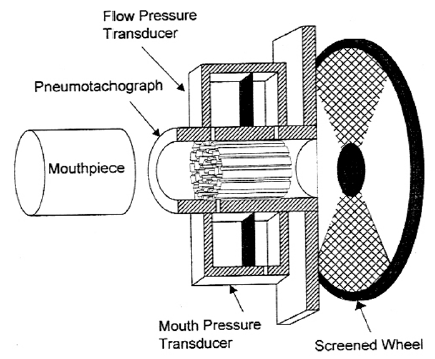About a month or so ago I was corresponding with the manager of a small PFT lab and in response to one of their questions I had mentioned that there were no CPT codes for MIP/MEP. They responded with “what’s a CPT code?” so I guess this means that CPT codes aren’t as well known as I thought they were.
CPT stands for Current Procedural Terminology and is managed by the American Medical Association. CPT codes are a relatively universal way to classify and describe all medical tests and procedures. They are also used by all insurance companies for medical billing so one downside to this is if there isn’t a CPT code for a test or a procedure, you can’t bill for it. CPT codes also include conditions that limit performing (or at least billing for) some tests in various combinations and to some extent this drives the way PFT tests are ordered and performed.
The CPT codes are reviewed, revised and updated annually. There have been a number of additions and changes to PFT CPT codes during the last five to ten years, and I’d say that with a few notable exceptions, most current PFT testing is adequately covered by the CPT codes. The current PFT CPT codes are:
| CPT: |
Description: |
Exclusions: |
| 94010 |
Spirometry, including graphic record, total and timed vital capacity, expiratory flow measurement(s), with or without maximum voluntary ventilation. |
Do not report in conjunction with 94150, 94200, 94375, 94728. |
| 94011 |
Measurement of spirometry forced expiratory flows in an infant or child through 2 years of age |
|
| 94012 |
Measurement of spirometry forced expiratory flows, before and after bronchodilator, in an infant or child through 2 years of age. |
|
| 94013 |
Measurement of lung volumes (i.e., functional residual capacity (FRC); forced vital capacity (FVC), and expiratory reserve volume (ERV) in an infant or child through 2 years of age. |
|
| 94014 |
Patient-initiated spirometry recording per 30 day period of time; includes reinforced education, transmission of spirometry tracing, data capture, analysis of transmitted data, periodic recalibration and review and interpretation by a physician or other qualified health professional. |
|
| 94015 |
[patient-initiated spirometry] recording (includes hook-up, reinforced education, data transmission, data capture, trend analysis, and periodic recalibration). |
|
| 94016 |
[patient-initiated spirometry] review and interpretation only by a physician or other qualified health professional. |
|
| 94060 |
Bronchodilator responsiveness, spirometry as in 94010, pre- and post-bronchodilator administration. |
Do not report in conjunction with 94150, 94200, 94375, 94728. For prolonged exercise test for bronchospasm with pre- and post-spirometry use 94620. |
| 94070 |
Bronchspasm provocation evaluation, multiple spirometric determination s as in 94010, with administered agents (eg. antigen(s), cold air, methacholine). |
|
Continue reading →

